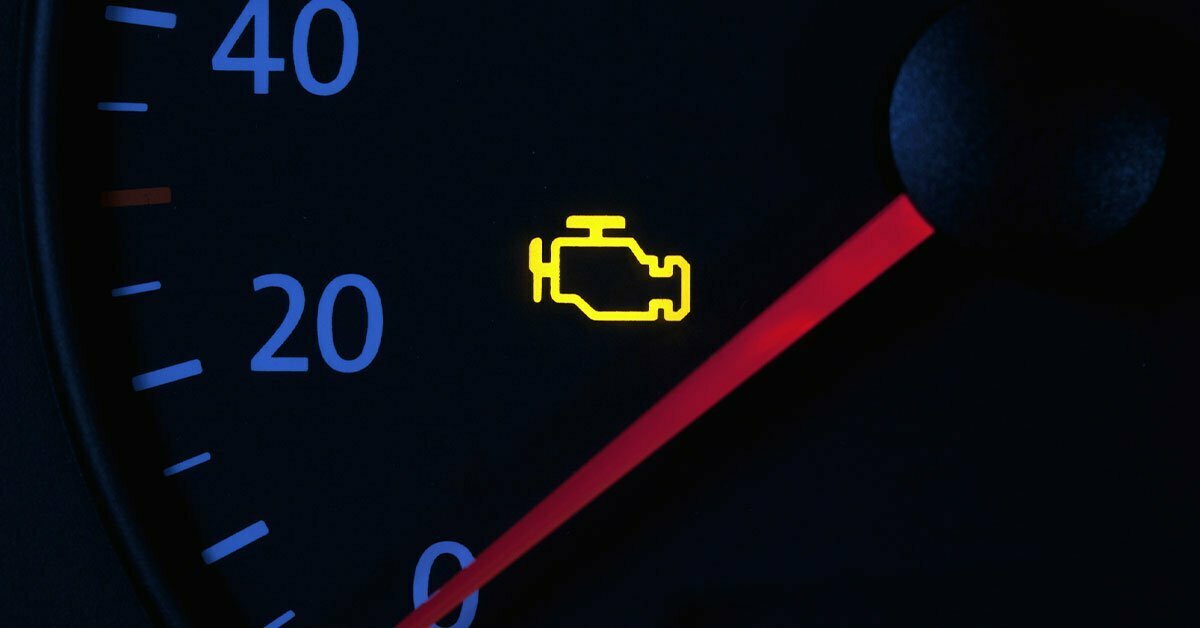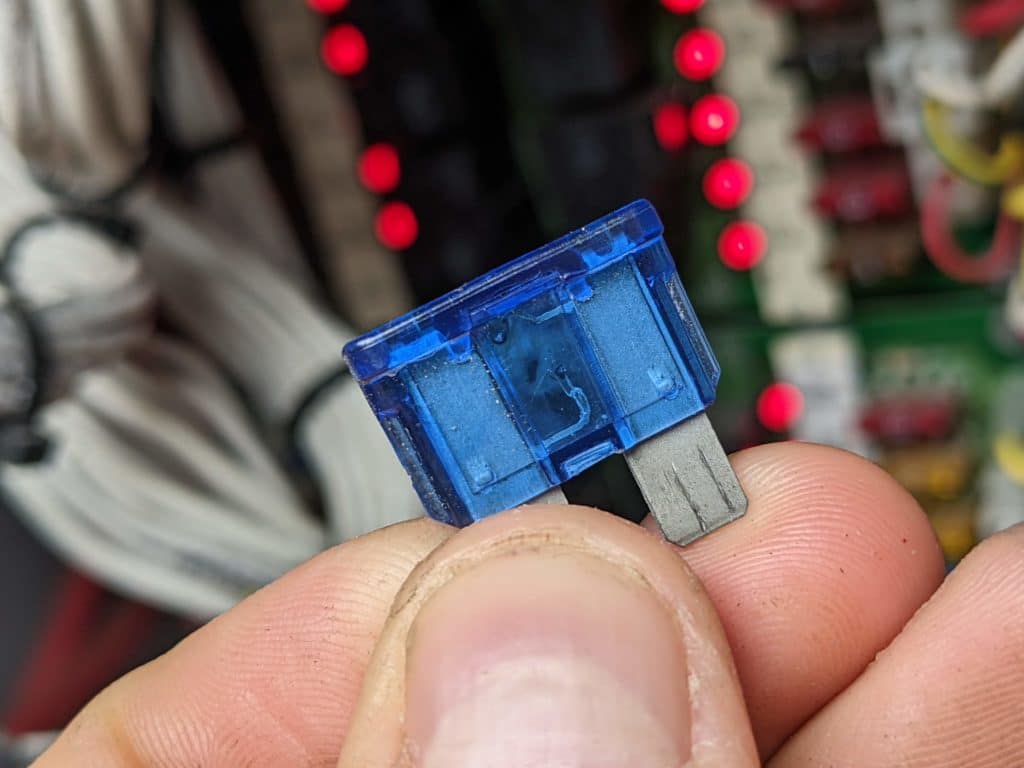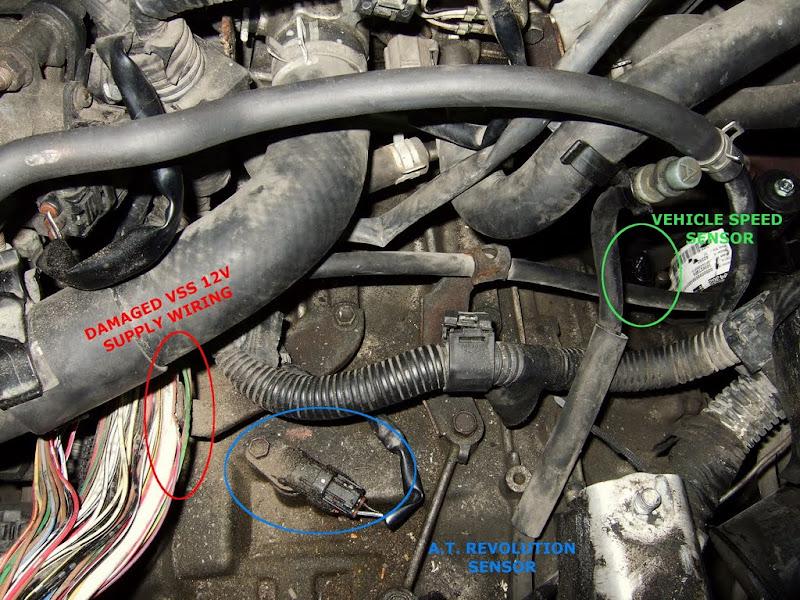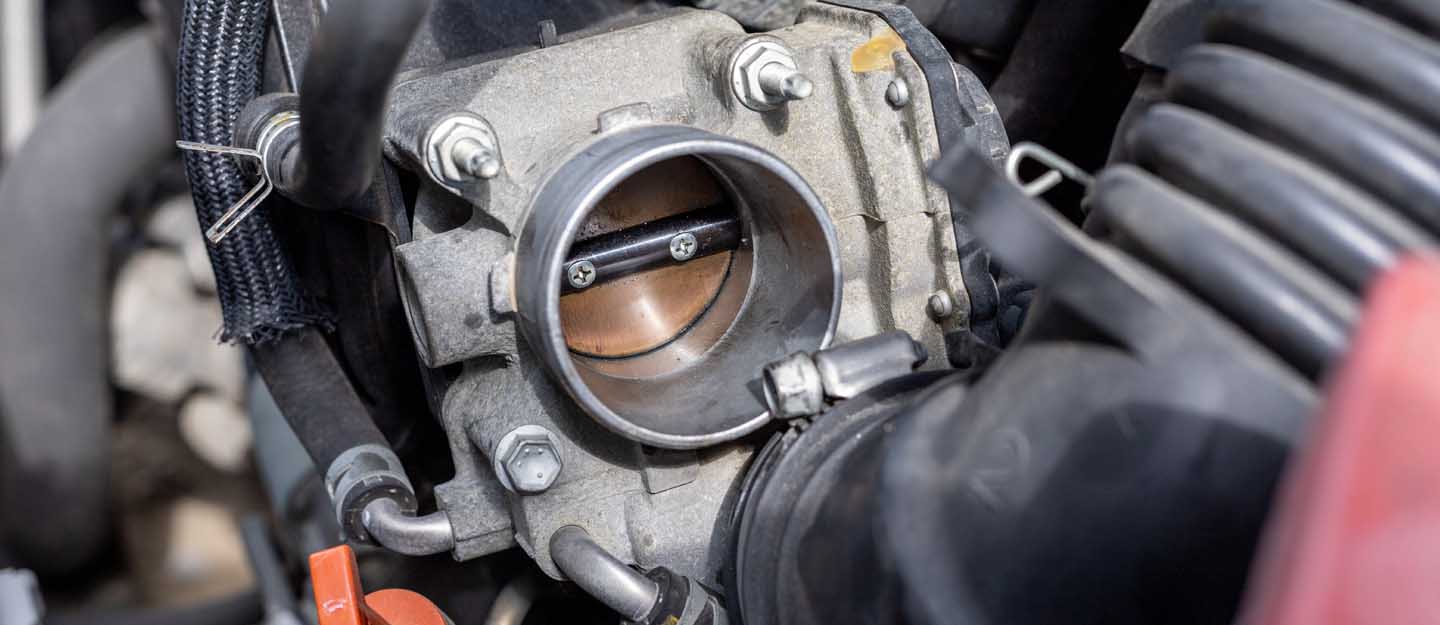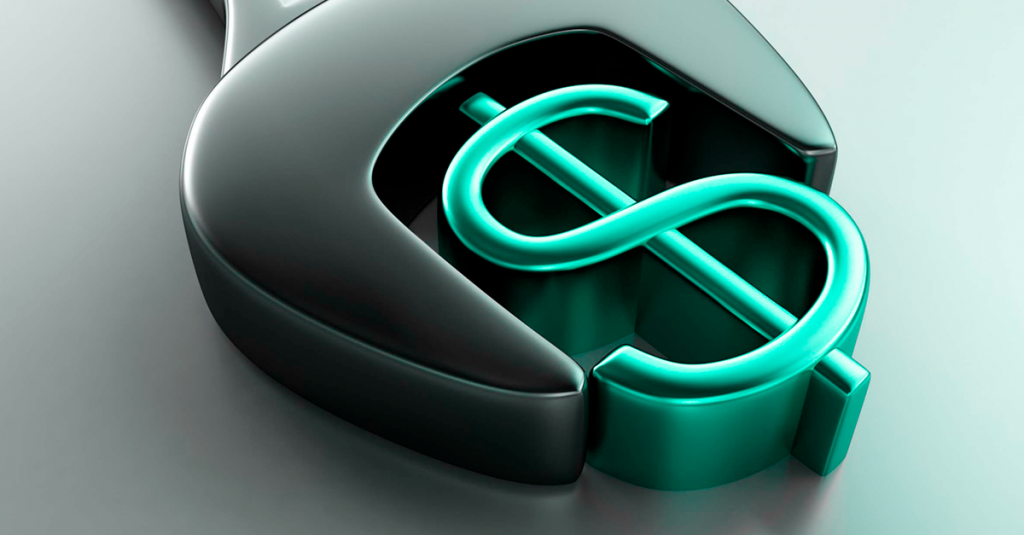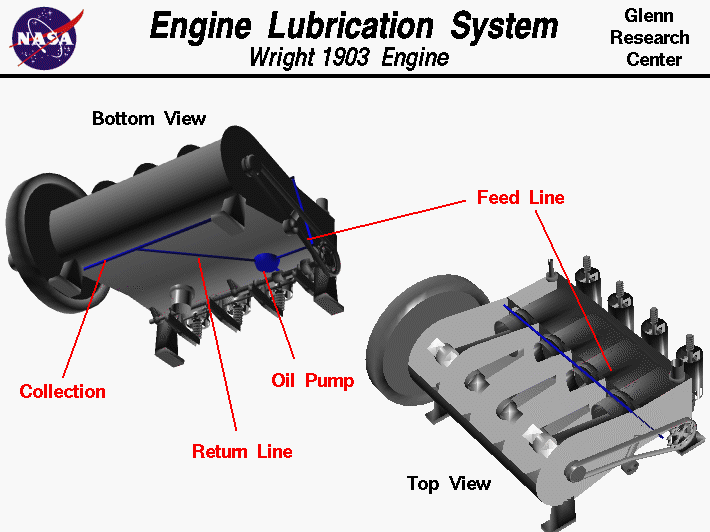Choosing the Right Motor Oil: A Guide for Car Owners
Selecting the correct motor oil for your vehicle is crucial for maintaining engine performance and longevity. With numerous options available, understanding
1. Viscosity Rating (SAE Grade): Motor oils are classified by viscosity, which determines the oil’s thickness and ability to flow at different temperatures. The viscosity grade is indicated by n
30 or 10W-40 The first number (5W or 10W) represents the oil’s flow at cold temperatures, while the second number (30 or 40) indicates viscosity at high temperatures
2. Type of Motor Oil:
– Conventional Motor Oil: Basic oil refined from crude oil. Suitable for older vehicles with simple engine designs.
Synthetic Motor Oil: Engineered for high performance and better protection in extreme conditions (hot or cold temperatures, heavy loads)
Performance engines, and those requiring improved fuel efficiency.
Synthetic Blend: A mix of conventional and synthetic oils, offering some benefits of synthetic at a lower cost. Suitable for engines that experience mode
3. Certifications and Standards:
Look for motor oils that meet or exceed the standards set by organizations like the American Petroleum Institute (API) and the Society of Automotive Engine
4. Consider Your Driving Conditions:
- Climate: Choose oil viscosity based on your local climate. For cold climates, opt for oils with lower viscosity (e.g., 5W-
30); for hot climates, consider higher viscosity oils (e.g., 10W-40). - Driving Habits: If you frequently tow heavy loads or drive in stop-and-
go traffic, consider synthetic oils that offer better protection under these conditions.
5. Follow Manufacturer Recommendations:
Always refer to your vehicle’s owner’s manual for the manufacturer’s recommended motor oil specifications. Using the wrong oil viscosity or type can affected
6. Change Interval:
Follow the recommended oil change interval specified in your owner Follow the recommended oil change interval specified in your owner’s manual. Using quality motor oil can sometimes extend the interval between oil changes, but always prioritize engine health and performance over saving money on oil change
- Brand Reputation and Quality
Choose reputable brands known for producing high-quality motor oils. Brands with a strong reputation often invest in research and development to create oils that meet or exceed industry standards.






